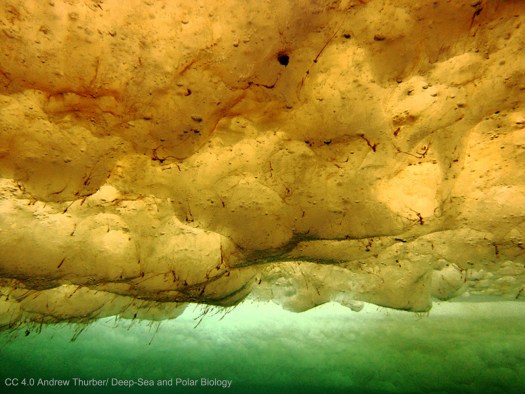
Environmentalists claim that animal species are becoming extinct and that we must preserve their DNA. The problem with this claim is that as the environment changes, animals may not be able to survive. An example is animals that have a very specialized diet, such as eating mostly on bamboo. If something wipes out the bamboo, what are these animals to do? We can save samples of their DNA, but moving them away from their natural habitat to a different place where bamboo is growing may not be the answer. It can expose them to predators and diseases that were not present in their original environment. We call this human wildlife management. While in some cases it can correct what humans have done, there are many cases where humans are not the cause. Massive investments may only delay the inevitable extinction of an animal.
The red wolf is a current example of human wildlife management. Red wolves were once common across a large region of Texas and Louisiana. The red wolf was classified as endangered in 1967 and extinct in 1980, although some were living in zoos and wildlife facilities. In the 1970s, the U.S. Fish and Wildlife Service bred red wolves and in 1986 introduced them to the wild in North Carolina. By 2006 there were over 100 wolves in North Carolina, but the population was not healthy. Many were killed by farmers and ranchers so that by April of 2018, fewer than 50 remained.
Recently a pack of red wolves was found on Galveston Island in Texas. At first, red wolf advocates were delighted. Then they became dismayed when scientists found that the Galveston wolves had DNA that was different from the original red wolves. The change in the DNA may be in part from coyotes in the area. We would suggest that God created red wolves to occupy a particular environmental niche. When that niche was changed, no matter what changed it, another design feature kicked in. That design feature which God has placed in living things is hybridization.
Hybridization is the interbreeding of two animals who are genetically close but not identical. The offspring produced by this mix of genes is often stronger and more resilient than either of the parents. When the Endangered Species Act was implemented in the 1970s hybridization was considered to be something to avoid. The reality is that God’s design allows animals to continue to prosper through hybridization.
Elizabeth Heppenheimer is a biologist from Princeton who has been studying the wolves on Galveston Island. She says, “Now we know hybridization is relatively common in natural systems and does not always have negative consequences, but the policy (of human wildlife management) hasn’t quite caught up with this notion.”
God’s methods work, and when humans try to replace God’s design with human judgments and controls, the results are frequently not what is best.
–John N. Clayton © 2019
Data from “DNA Discovery” by David Warren, Associated Press January 15, 2019.









